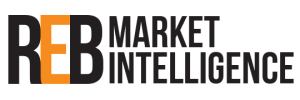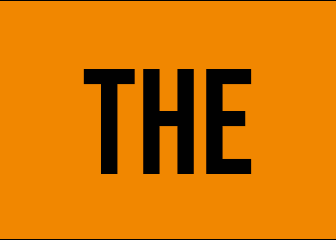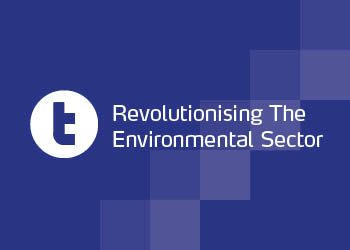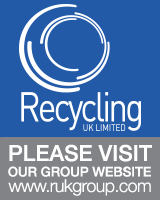Automatic sorting systems designed to boost the recycled content of plastic food packaging could be available within a few years, says Axion Consulting.
Following technical research undertaken for WRAP, Axion says major breakthroughs in sorting technologies could increase the recycling of an estimated 180,000 tonnes of waste polypropylene (PP) pots, tubs and trays arising annually in the UK.
More than 60 per cent comprises food contact packaging, with the remaining 40 per cent consisting of non-food applications, such as clearing products or cosmetics.
Axion’s research centred on developing an automatic process, which uses diffraction gratings to identify and separate PP that has been in contact with food from that which has not. Under European food packaging regulations, only PP that has been in prior contact with food can be recycled into new food grade PP.
The process involves marking food contact PP packaging material with lines (a diffraction grating) that can be scanned by a laser to reflect a specific pattern.
This pattern is then captured by a camera connected to a computerised image recognition system which is able to identify the market food contact PP packaing.
 This technique is potentially applicable to other polymer types, particularly high density polyethylene (HDPE) and polyethylene terephthalate (PET) packaging. The diffraction grating can be used on packaging labels, stamped on a mould or directly onto a packaging item.
This technique is potentially applicable to other polymer types, particularly high density polyethylene (HDPE) and polyethylene terephthalate (PET) packaging. The diffraction grating can be used on packaging labels, stamped on a mould or directly onto a packaging item.
According to Axion chemical engineer Richard McKinlay, who helped build a demonstration unit for the project, it was the first time the diffraction grating concept had been used in this type of sorting application.
He added: “This represents an innovative application of existing technology that could revolutionise any food contact plastic recycling in offering a commercially-viable automated solution.
“Manual sorting is simply too expensive. Diffraction is when one beam of light is split into several, so we are utilising this phenomena to detect a particular type of plastic packaging.”
Axion estimates the total capital cost for a single diffraction sorting unit, including conveyors and ancillary equipment, at £500,000, with a potential payback period of four years.
However, Axion said that more development work is required to introduce this technology.
Axion senior consultant Liz Morrish added: “Challenges remain, including the need to widen applications and markets for this technology.
“It is also crucial for retailers, manufacturers and machinery suppliers to adopt agreed industry-wide methods that would optimise the identification and subsequent recycling of these waste streams.
“Although we focussed heavily on PP for this project, using this technology initially to sort HDPE milk bottles could be advantageous. Once it has been shown to work on this material, it may give industry more confidence to invest further to allow the technology to be used on PP.
“Overall, it appears that diffraction gratings can potentially be used to identify food contact packaging effective and economically. However, they are not yet ready for use commercially until a full industry-wide solution has been developed and commercialised.”
More details on the project are available at http://www.wrap.org.uk/sites/files/wrap/Diffraction%20grating%20report.pdf
